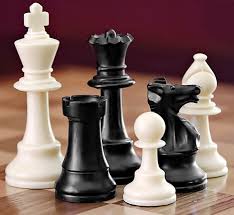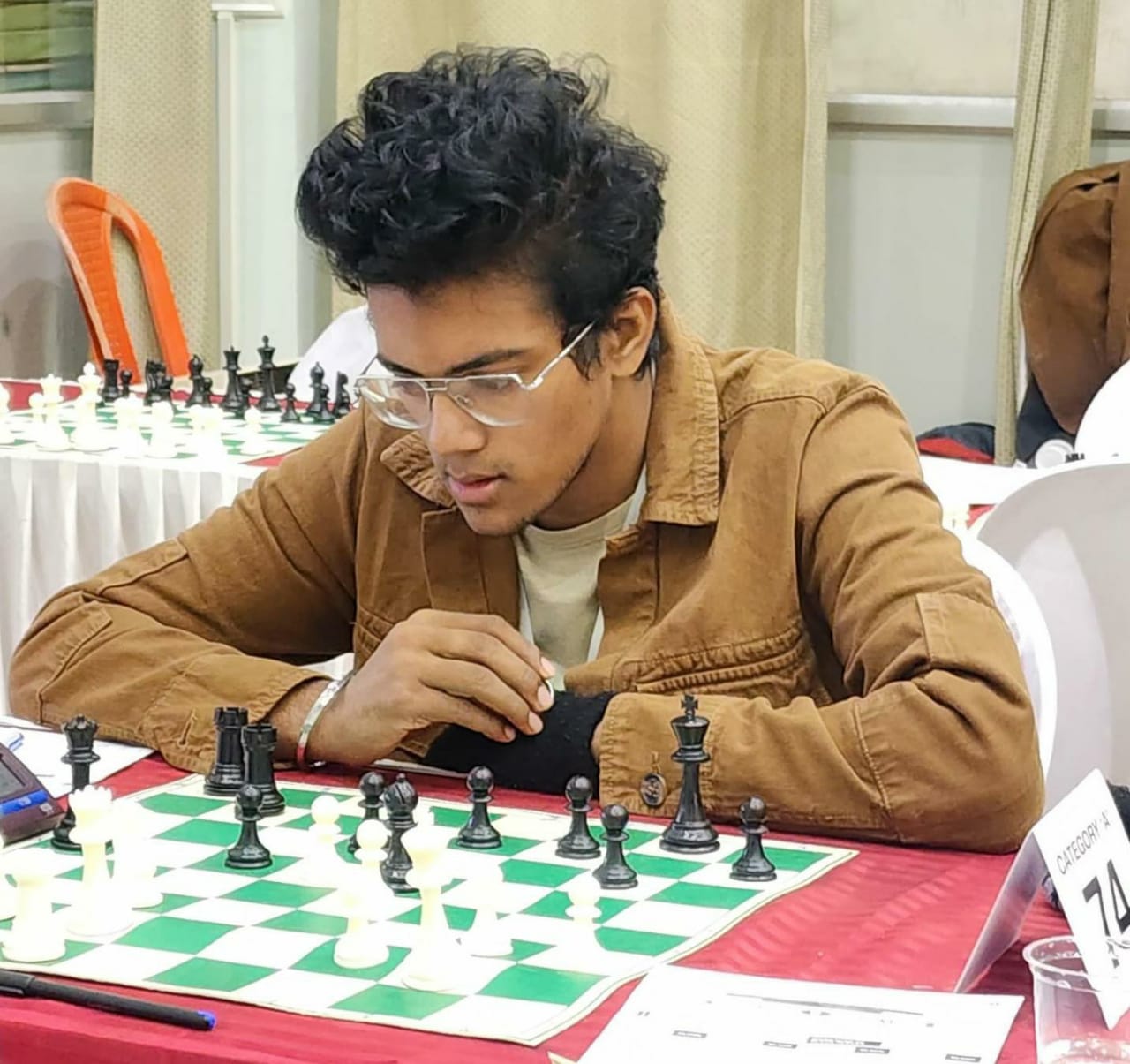Chess Beginners- Live Course
Chess is a journey of continuous learning and improvement. Enjoy the process, embrace challenges, and savor the thrill of each game. With dedication, practice, and perseverance, you'll unlock the secrets of the chessboard and discover the joy of strategic mastery.
Live Course
Live Class:
Enrolled: 0
Duration: 24 Hours
Offered by: infyni

